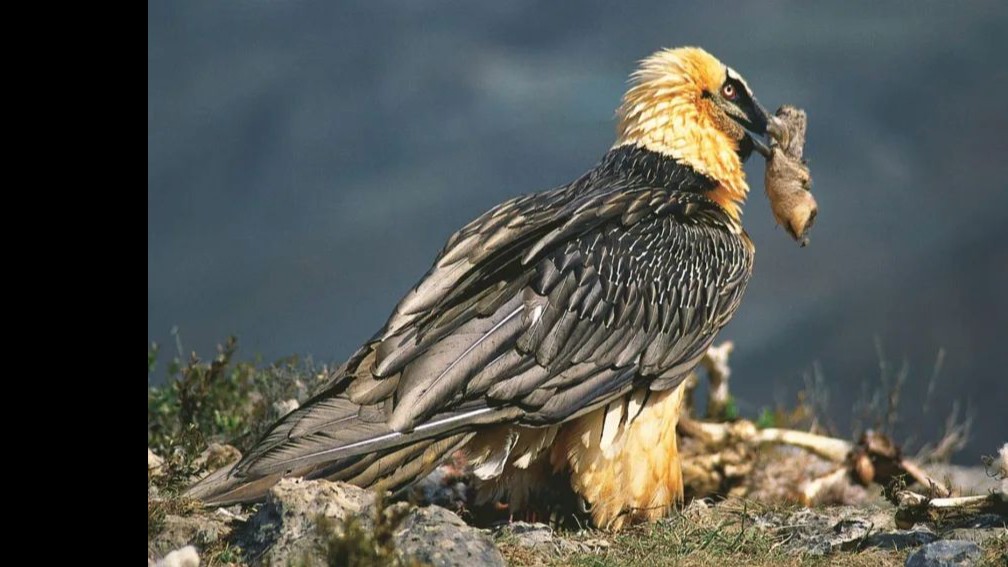ヒゲワシは大きな鳥で、骨を食べることで有名です。
The bearded vulture is a large bird famous for eating bones.
。
Spanish scientists studied 12 bearded vulture nests between 2008 and 2014.
。
As a result, they discovered more than 200 artificial objects in these nests.
。
These items are believed to be used by bearded vultures when they build their nests.
。
The oldest artifact is a sandal that is over 700 years old.
。
There are also old baskets, crossbow bolts, horseback riding gear, and many other items.
。
These nests have been used for generations, so many tools have been left behind.
。
Scientists say that bearded vulture nests are like natural museums.
。
Studying the tools found inside nests helps us gain a deeper understanding of the lives and cultures of people in the past.
。
Currently, bearded vultures inhabit Europe, Asia, and Africa, but their numbers have declined compared to before.
。
This research may help with the conservation of bearded vultures.

